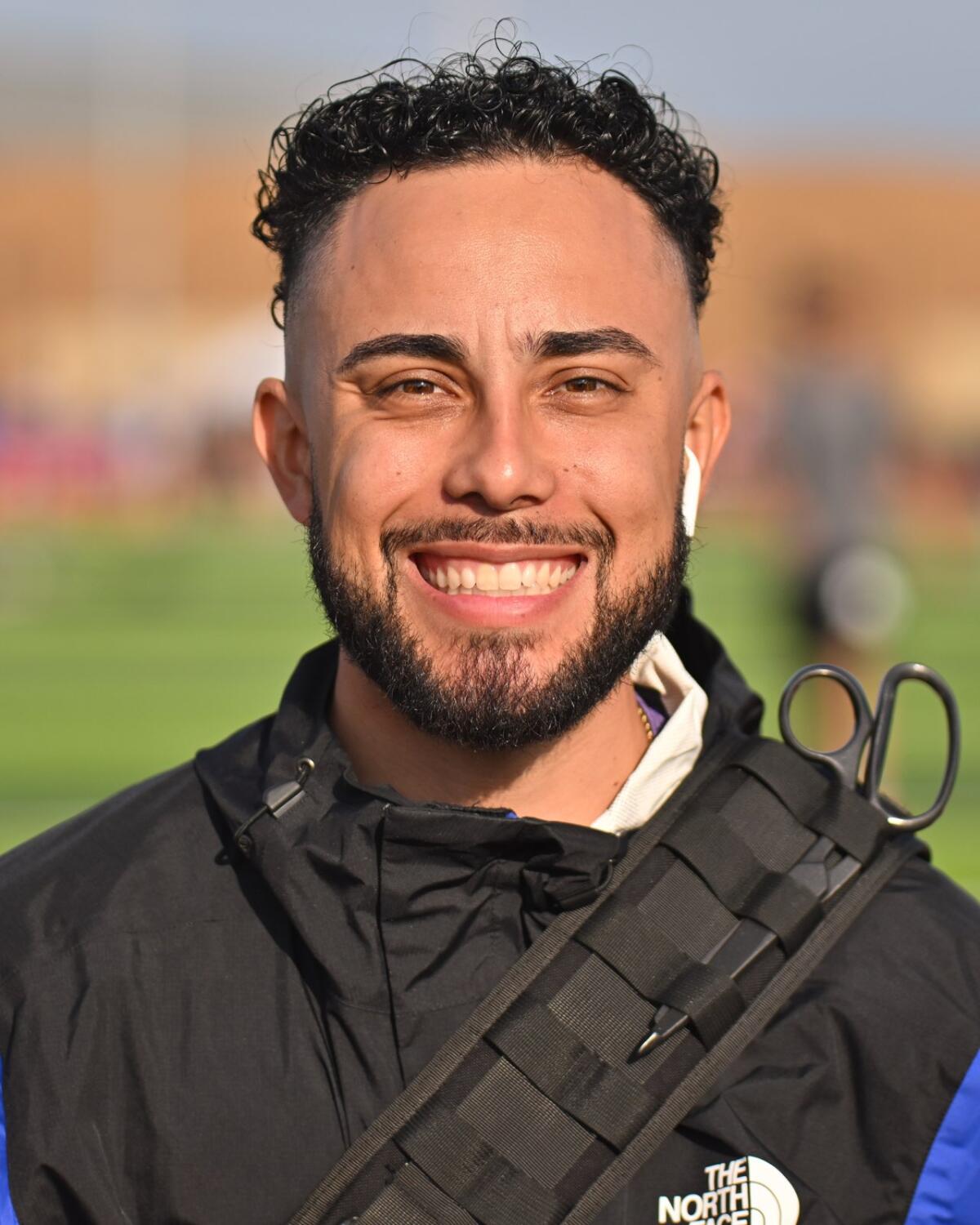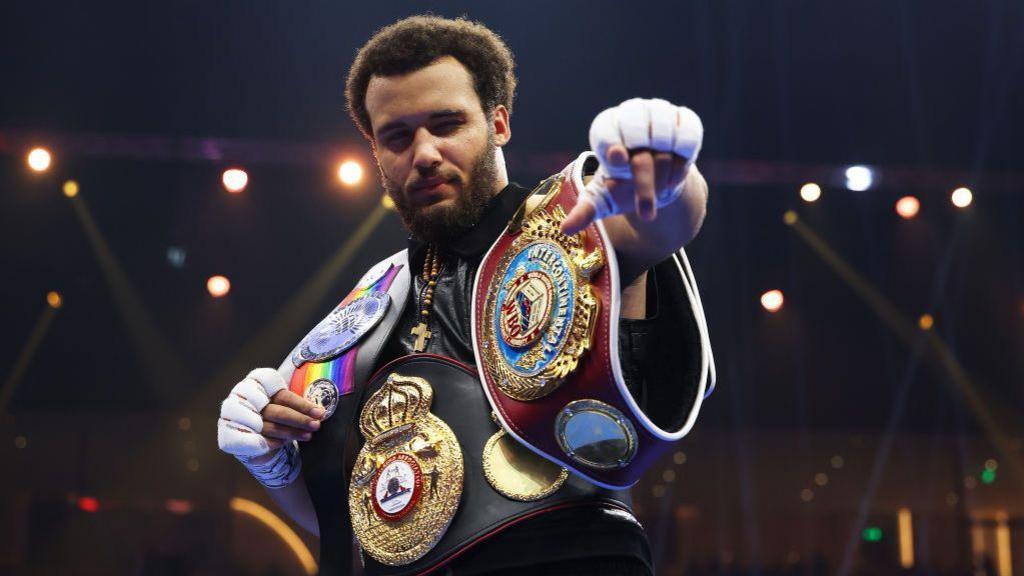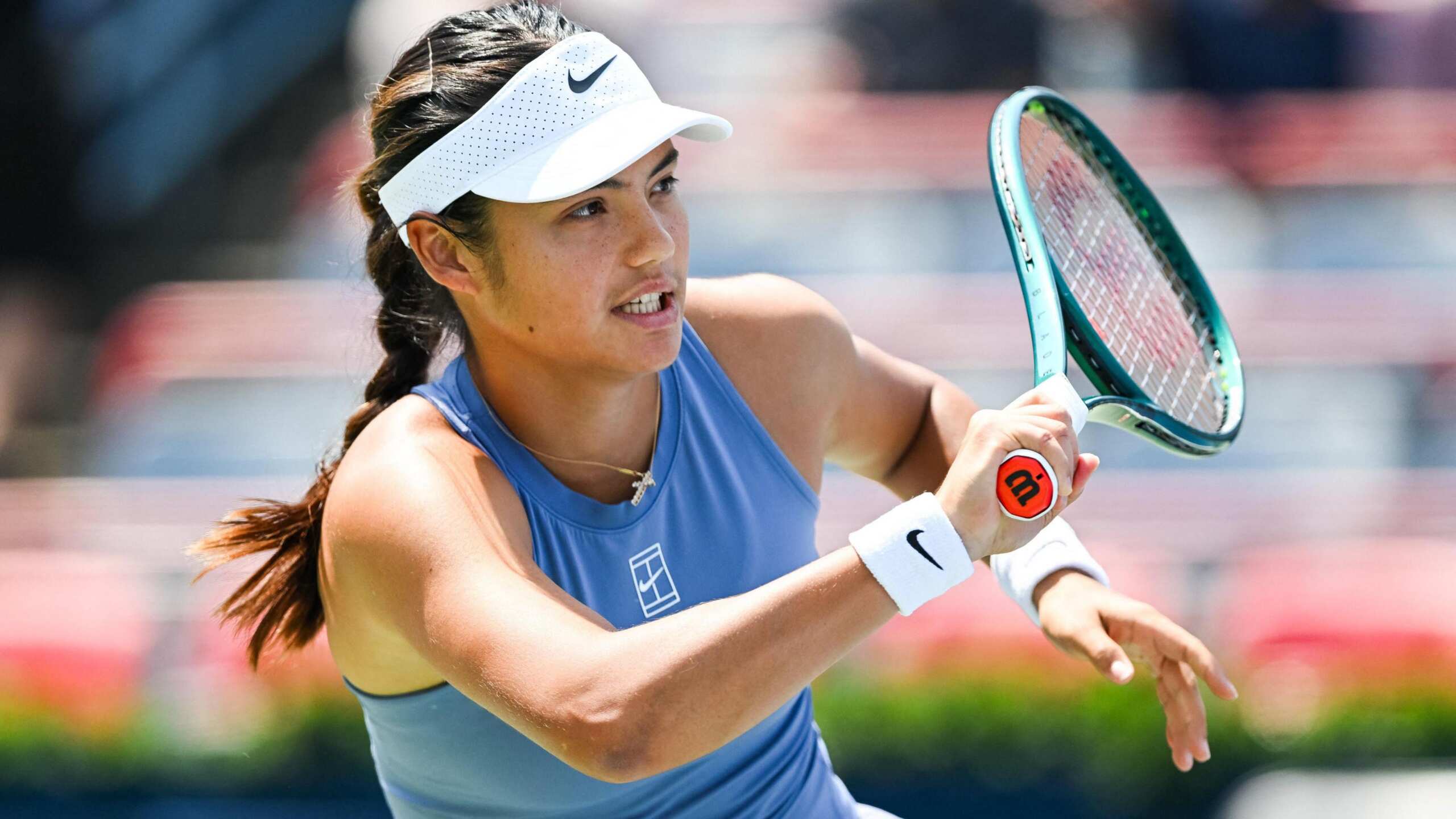With the high school sports season resuming, it can’t be stressed enough about the importance of schools having athletic trainers to help keep athletes safe when emergencies happen.
That was never more evident than last spring during a track and field meet at Culver City High.
At the end of a 400-meters freshman race, a runner dropped to the ground on his chest near the finish line. The initial impression by most observers was just another exhausted athlete from a grueling race.
Culver City first-year athletic trainer Jonathan Rivas, fresh out of graduating from Cal State Northridge, was immediately on the scene to evaluate. That’s when things got serious.
“He didn’t have a pulse,” Rivas said.
He determined the athlete from Inglewood High was in full cardiac arrest.
He instructed one of his assistants to call 911 and the other to retrieve the AED defibrillator. He started compressions. He hooked up the unresponsive athlete to the automatic defibrillator. It advised one shock. Rivas pushed the button. It worked. The shock brought the athlete back.
Paramedics arrived within five minutes to take over and transport him to the hospital. The athlete would learn he needed a pacemaker. The quick action by the athletic trainer helped save him.

Athletic trainer Jonathan Rivas of Culver City.
(George Laase)
“This was my first cardiac arrest,” the 28-year-old Rivas said. “I was super stressful. Honestly, I went on auto pilot. My main goal was to get this kid help as fast as possible.”
The majority of high schools don’t have athletic trainers. In the City Section, there’s only 12 out of 71 that have 11-man football teams.
Adam Cady, an athletic trainer for Kaiser Permanente, has started a nonprofit trying to help athletes gain access to trainers.
“It’s super important,” Rivas said of schools having an athletic trainer.
This is a daily look at the positive happenings in high school sports. To submit any news, please email [email protected].



